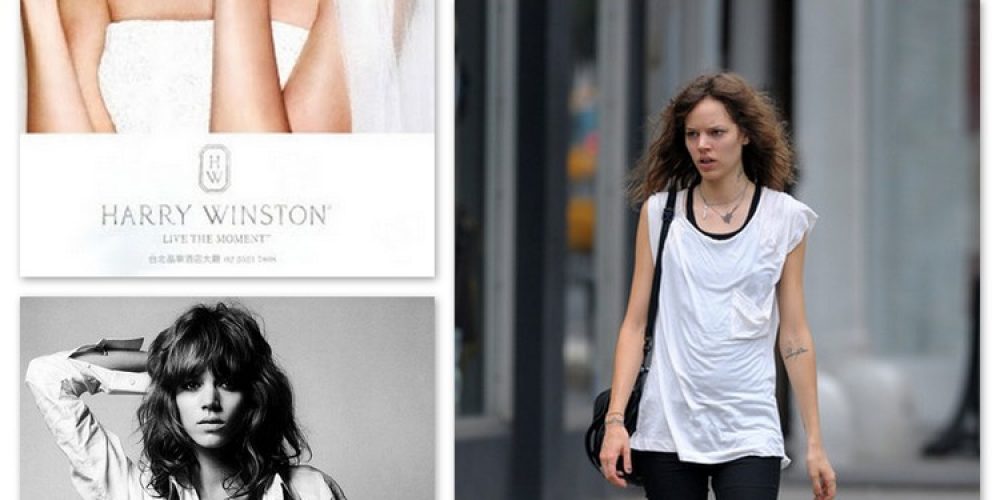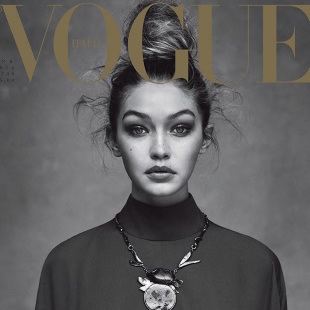In the past decade, the international fashion industry has undergone a drastic makeover: Black models and Asian models have been hired for some of the most coveted jobs (beauty campaigns and a certain annual underwear show); a male model named Andrej Pejic has been able to walk in both men’s and women’s shows — indeed he’s the most beautiful girl in most rooms; the industry has successfully adapted to the advent of social media and survived in the face of mass-marketed discount retailers like H&M.
These have been top stories in and out of fashion publications. A story that has largely gone unnoticed however, is the visibility and representation of lesbians in the fashion industry. Lesbians working in fashion is nothing new; one of the greatest supermodels of the 1980s, Gia Carangi, was openly bisexual. But in the 20th century, lesbian models were often dismissed as partiers and experimenters.
Throughout most of the 20th century, there were few traces of lesbian representation in major collections and magazines. Photoshoots featuring two (usually straight) models embracing or kissing were published for their shock value, and the glamour associated with the supermodel “partiers and experimenters.”
Then came the massive popularity of androgyny. Girls with punk haircuts and boyish frames were closely tied to the Kate Moss era of ‘heroin chic,’ synonymous with 1990s fashion. Androgyny has come and gone many times since then, each time taking a different form. It has been an endearing look partly due to the necessity to balance out the more glamorous looks of the moment – fashion often works in binaries. But its survival is also due to the advent of street-style blogs in the 21st century.
The fashion world took note of the few models who wore skinny jeans, motorcycle boots, leather jackets, baggy t-shirts, and had shaggy haircuts. These were usually the lesbian models. Their style became the newest and coolest incarnation of androgyny and was copied by nearly every straight model. The influence of these lesbian models began to show up in major collections and magazine editorials. The modern tomboy uniform of these girls became widely admired and coveted.
One of the female pioneers is Danish model Freja Beha Erichsen. Openly gay, she has become one of the top fashion models working today. She’s famous for her 16+ tattoos, her personal style, and her many romantic relationships with other top models such as Abbey Lee Kershaw, Irina Lazareanu, Catherine McNeil, and Arizona Muse.
Freja has walked for every major designer and has done campaigns for the most prestigious fashion houses such as Valentino and Chanel. The girl selling the most expensive, feminine, and luxurious clothes, and jewellery, is a boyish, tattooed, punk lesbian from Denmark. That’s damn cool.
The second most talked about lesbian in fashion is Jenna Lyons, the Creative Director of J. Crew; a multi-million dollar American clothing and accessories brand known for its classic, all-American preppiness. A couple of years ago, Jenna divorced her husband and father of her son for Courtney Crangi (Co-founder of Giles & Brother jewelry) effectively shoving Lyons out of the closet. When the story first broke, the general attitude was shock, “She made sequins and pink popular again! How can she be a lesbian?” If Jenna was in her 20s and not her 40s, the story would have likely been given the “partier and experimenter” spin.
What I love about Jenna and Freja is that they’re not stereotypes. Jenna is a business executive and a mother. She wears bright colours, is one of the most respected women in fashion, and according to Forbes Lyons earned $4,266,703.00USD (plus over a million dollars in stock options) in 2009 alone.
Freja is arguably the most beautiful model working today, and debunks the myth that all lesbians have to fit a certain ‘butch’ mould. She can don a suit and short hair in one shoot, and a Valentino dress and pearls in another. The ability for someone to take on those very traditionally gendered personas and be convincing is powerful.
Are the days of eroticizing lesbians over? It’s unlikely. But Freja, Jenna, and the increasing numbers of succussful, «out» models are shining examples of how a “So what?” attitude can open doors and normalize what was once exotic.






